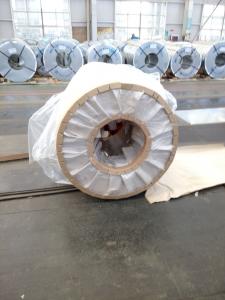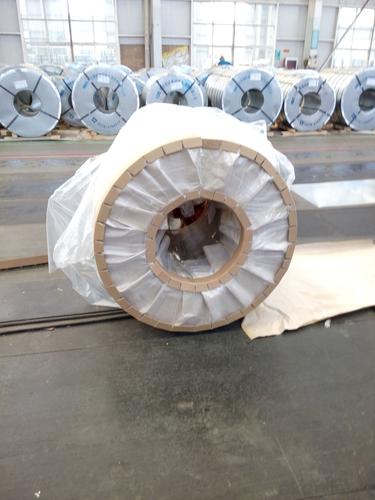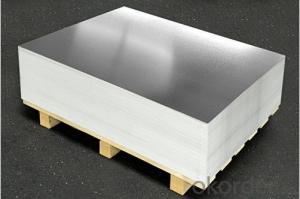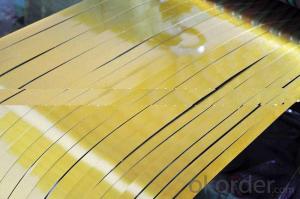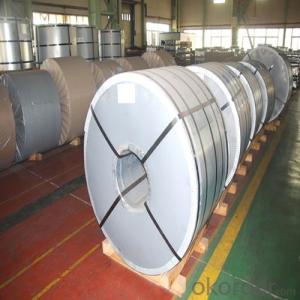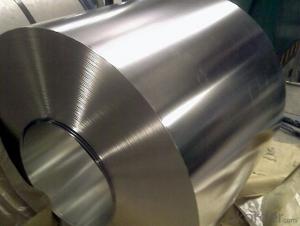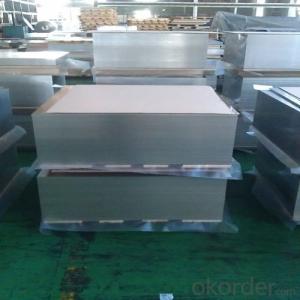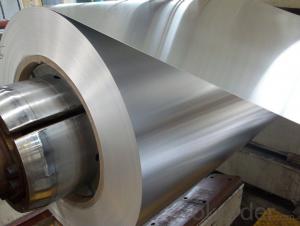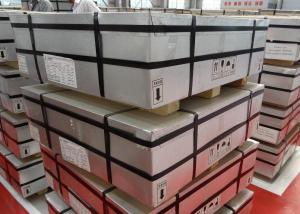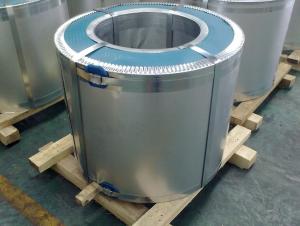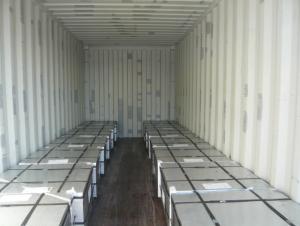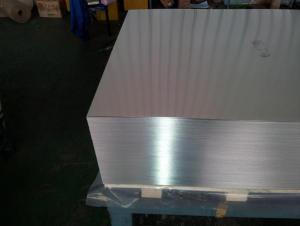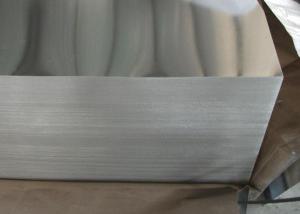Electrolytic Tinplate Coils for Useage of Chemical or Industrial Useage
- Loading Port:
- Tianjin
- Payment Terms:
- TT OR LC
- Min Order Qty:
- 50 m.t.
- Supply Capability:
- 30000 m.t./month
OKorder Service Pledge
OKorder Financial Service
You Might Also Like
Specification
1.Structure of Electrolytic Tinplate Coils for Useage of Chemical or Industrial Useage Description
Electrolytic Tinplate is a thin steel sheet coated by tin. It has an extremely beautiful metallic luster as well as excellent properties in corrosion resistance, solder ability, and weld ability.
2.Main Features of the Electrolytic Tinplate Coils for Useage of Chemical or Industrial Useage
Appearance – Tinplate is characterized by its beautiful metallic luster. Products with various kinds of surface roughness are produced by selecting the surface finish of the substrate steel sheet.
Paintability and printability – Tinplates have excellent paintability and printability. Printing is beautifully finished using various lacquers and inks.
Formability and strength – Tinplates have got very good formability and strength. By selecting a proper temper grade, appropriate formability is obtained for different applications as well as the required strength after forming.
Corrosion resistance – Tinplate has got good corrosion resistance. By selecting a proper coating weight, appropriate corrosion resistance is obtained against container contents. Coated items should meet 24 hour 5 % salt spray requirement.
Solderability and weldability – Tinplates can be joined both by soldering or welding. These properties of tinplate are used for making various types of cans.
Hygienic – Tin coating provides good and non toxic barrier properties to protect food products from impurities, bacteria, moisture, light and odours.
Safe – Tinplate being low weight and high strength makes food cans easy to ship and transport.
Eco friendly – Tinplate offers 100 % recyclability.
Tin is not good for low temperature applications since it changes structure and loses adhesion when exposed to temperatures below – 40 deg C.
3.Electrolytic Tinplate Coils for Useage of Chemical or Industrial Useage Images
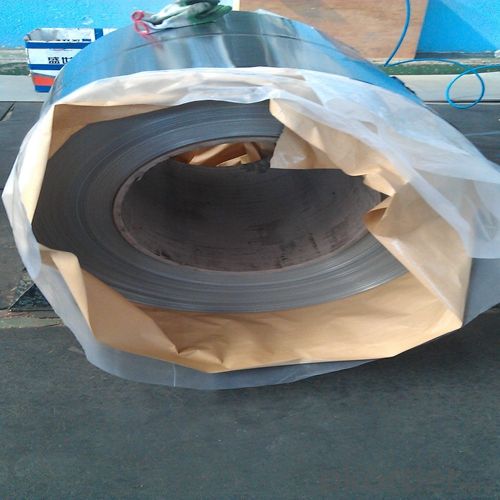
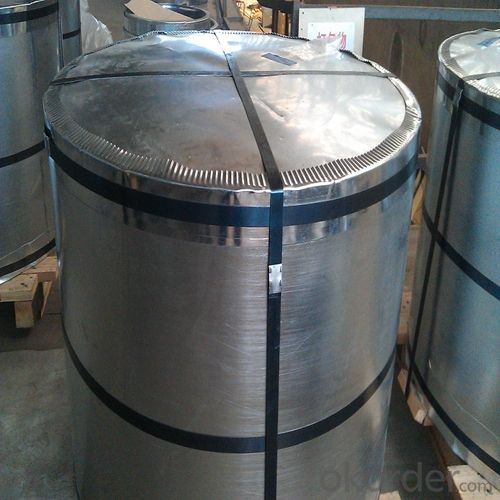
4.Electrolytic Tinplate Coils for Useage of Chemical or Industrial Useage Specification
Specification of :
Standard: ISO 11949 -1995, GB/T2520-2000,JIS G3303,ASTM A623, BS EN 10202
Material: MR,SPCC
Thickness:0.15mm - 0.50mm
Width: 600mm -1150mm
Temper: T1-T5
Annealing: BA & CA
Coil Inner Diameter: 508mm
Weight: 6-10 tons/coil 1~1.7 tons/sheets bundle
Passivation:311
Oil: DOS
Surface: Finish,bright,stone,matte,silver
5.FAQ of Electrolytic Tinplate Coils for Useage of Chemical or Industrial Useage
- What is tinning and how does it work?
Tinning is the process of thinly coating sheets of wrought iron or steel with tin, and the resulting product is known as tinplate. It is most often used to prevent rust.
- Do you only have prime quality tinplate?
We can supply both prime and second quality tinplate.
- Q: How does tinplate affect the overall product freshness?
- Tinplate plays a significant role in preserving the overall product freshness. Its unique properties, such as excellent barrier properties against light, oxygen, and moisture, help in extending the shelf life of the contents inside the tinplate packaging. This prevents oxidation, spoilage, and contamination, ensuring that the product remains fresh and retains its quality for a longer period of time.
- Q: What are the common thicknesses of tinplate used for different applications?
- The common thicknesses of tinplate used for different applications range from 0.13mm to 0.49mm.
- Q: What are the main applications of tinplate in the photography industry?
- Tinplate is commonly used in the photography industry for the production of film canisters, which are used to store and protect photographic film. Its corrosion-resistant properties and ability to block out light make it an ideal material for preserving the quality of film. Additionally, tinplate is also used in the manufacturing of various photography accessories such as lens caps, lens hoods, and camera cases, providing durability and protection to photographic equipment.
- Q: What are the common decorative options for tinplate packaging?
- Common decorative options for tinplate packaging include printing, embossing, debossing, hot stamping, and lithography. These techniques can be used to create intricate designs, patterns, logos, and text on the surface of the tinplate packaging, making it visually appealing and attractive to consumers.
- Q: How does tinplate contribute to the reduction of carbon emissions?
- Tinplate contributes to the reduction of carbon emissions through its recyclability and lightweight nature. As tinplate is made from steel, it can be easily recycled, reducing the need for new production and saving energy. Additionally, tinplate's lightweight properties make it more fuel-efficient during transportation, resulting in lower carbon emissions throughout its lifecycle.
- Q: How does tinplate perform in terms of corrosion resistance compared to other materials?
- Tinplate performs exceptionally well in terms of corrosion resistance compared to other materials. Its unique composition of steel coated with a thin layer of tin provides a protective barrier against moisture and oxidation, preventing rust and corrosion. This makes tinplate highly suitable for various applications, especially in the packaging industry, where it ensures the preservation and longevity of products.
- Q: What are the regulations and standards related to tinplate packaging?
- The regulations and standards related to tinplate packaging vary depending on the country and industry. However, some common regulations and standards include specifications on the composition and thickness of tinplate, labeling requirements for product information and safety warnings, guidelines for food contact materials, and regulations for recycling and environmental sustainability. It is important for manufacturers and suppliers to comply with these regulations to ensure the safety and quality of tinplate packaging.
- Q: What is the cost of tinplate compared to other packaging materials?
- The cost of tinplate can vary depending on factors such as market conditions and quantity purchased. However, compared to other packaging materials such as aluminum or plastic, tinplate tends to be relatively more expensive.
- Q: How does tinplate impact the overall product safety?
- Tinplate greatly enhances the overall product safety as it acts as a protective barrier against contamination, corrosion, and damage. It safeguards food and beverages from harmful substances, prevents the migration of metals into the contents, and preserves the product's freshness and quality. Additionally, tinplate's durability and resistance to mechanical stress ensure that the packaging remains intact, minimizing the risk of product spoilage or injury to consumers.
- Q: What are the main trends in tinplate packaging design?
- Some of the main trends in tinplate packaging design include minimalism and simplicity, eco-friendly and sustainable packaging solutions, innovative and unique shapes and designs, vintage and retro-inspired aesthetics, and the use of vibrant and eye-catching colors to attract consumers. Additionally, there is a growing focus on functional and practical packaging designs that enhance the user experience and provide convenience.
Send your message to us
Electrolytic Tinplate Coils for Useage of Chemical or Industrial Useage
- Loading Port:
- Tianjin
- Payment Terms:
- TT OR LC
- Min Order Qty:
- 50 m.t.
- Supply Capability:
- 30000 m.t./month
OKorder Service Pledge
OKorder Financial Service
Similar products
Hot products
Hot Searches
Related keywords
